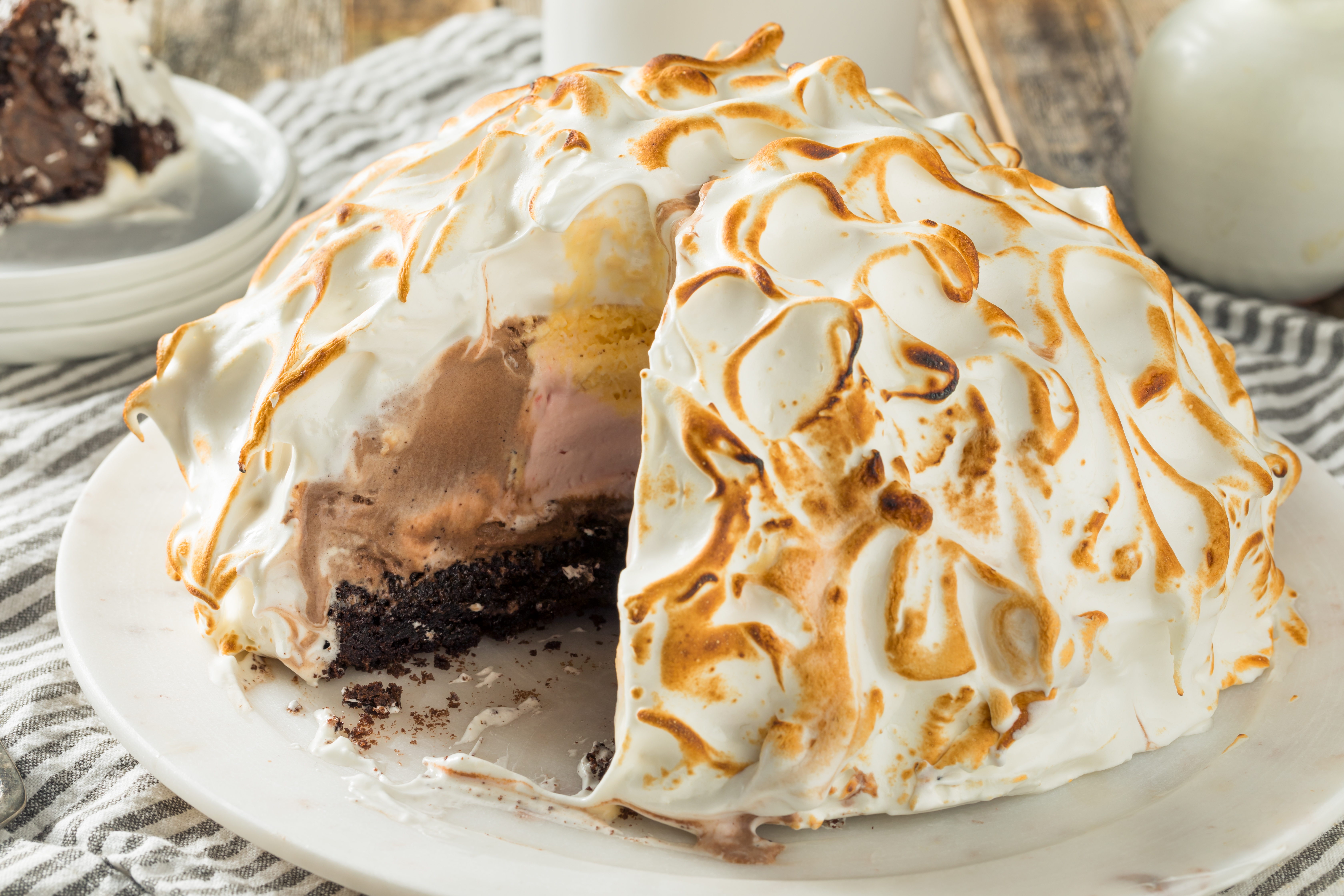25 British Baking Terms To Have In Your Back Pocket Next Time You're Watching "Great British Bake Off"
Who is as chuffed as we are now that GBBO is back?!
They speak English on The Great British Bake Off, but it's the King's English. That means that there are some translation issues for us in America. Thankfully, I have watched the entire series obsessively (for research, of course) to bring you all an American's interpretation of The Great British Bake Off nomenclature that often appears on the show. For any readers from the UK, please forgive me if I've made any mistakes.

First, let's get into some semantic differences between American and British baking:
1. Biscuit — In the UK, this term refers to sweet or savory treats that are hard with a good snap.

2. Dessert — In the US, a dessert is the sweet course after a meal. In the UK, it has the same meaning. However, GBBO differentiates "desserts" as its own themed week.
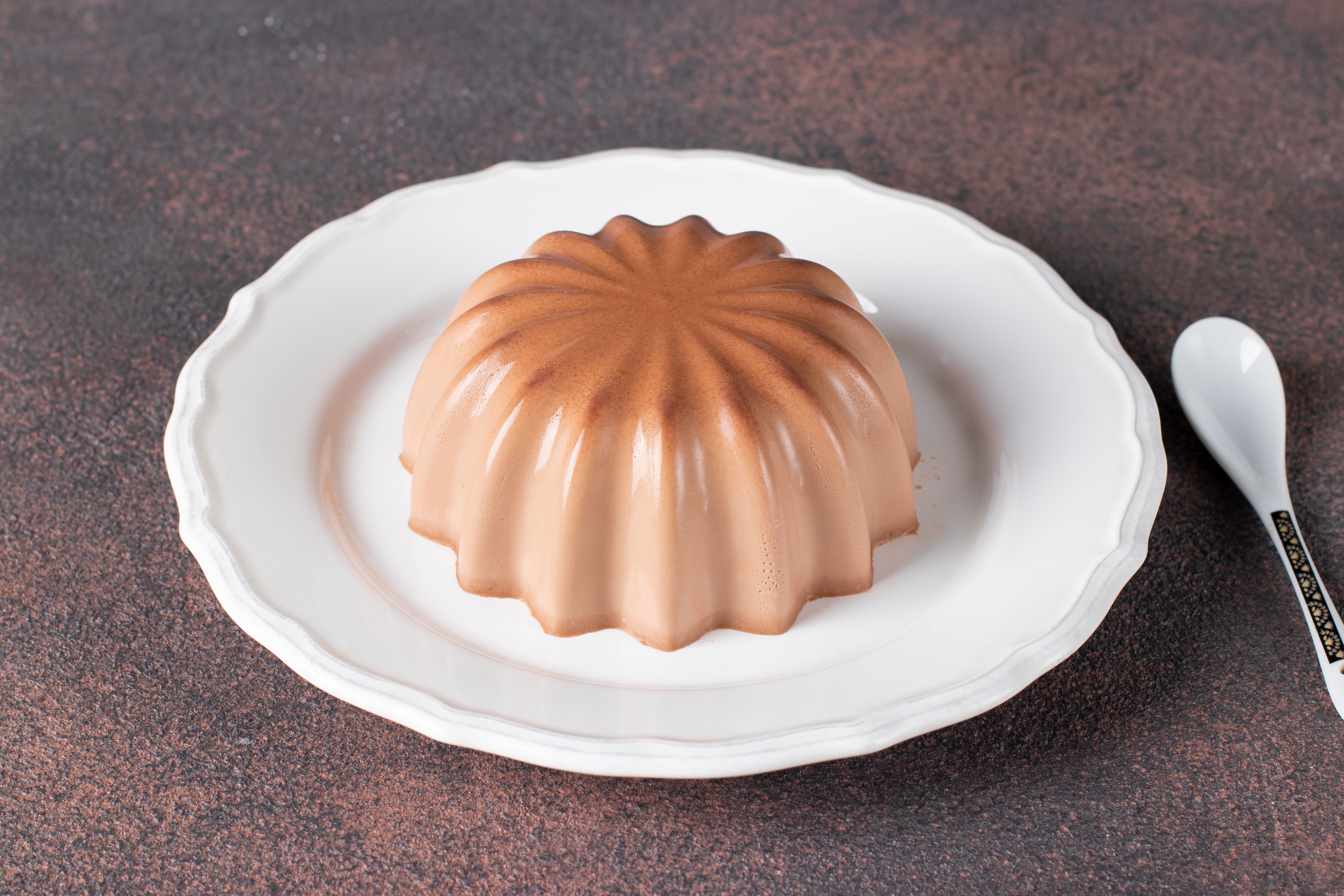
3. Pudding — In the US, pudding instantly evokes Snack Pack: the small cup of custard you would find in your school lunches. But in the UK, pudding is something entirely different and, like dessert, it has dual meanings.

Now that all that is as clear as crystal, we can move on to some baking terms that frequently come up during the show.
4. Proofing — Also known as "proving," which sounds closer to judge Paul Hollywood's Liverpudlian accent, proofing is the process of resting bread dough and letting the yeast ferment so that the dough can rise.
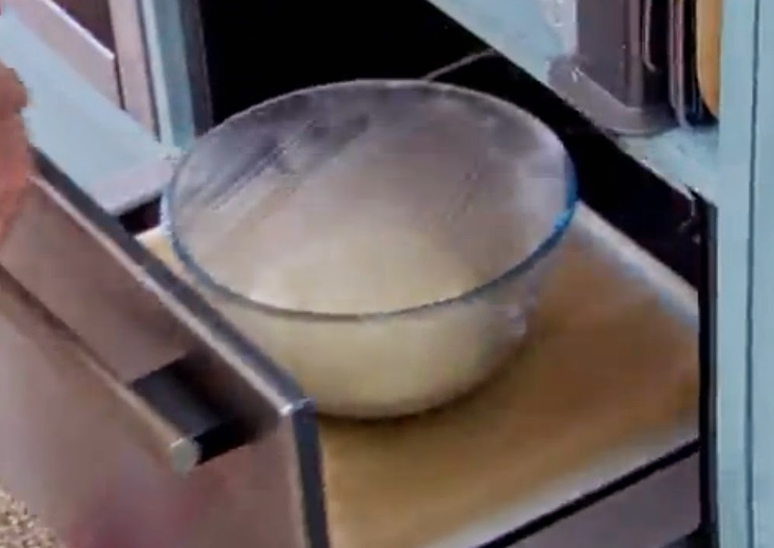
5. Soggy Bottom — An oft-repeated phrase from any challenge involving pastry, a soggy bottom refers to when the bottom of a pastry, pie, or tart is wet, either from not baking long enough or from the pastry filling seeping through it. (I could listen to Mary Berry say "soggy bottom" on repeat as I fall asleep every night.)
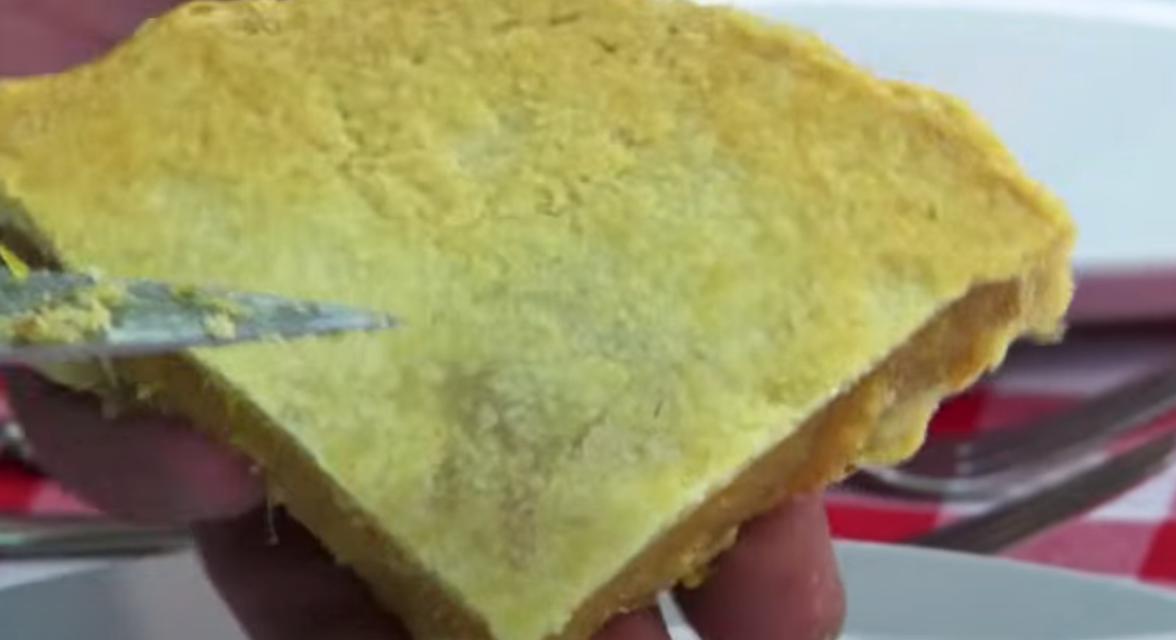
6. Tempering — This is a delicate process of creating chocolate that has a glossy, smooth finish. It requires the bakers to heat and cool melted chocolate to precise temperatures so that the cocoa butter crystallizes slightly.
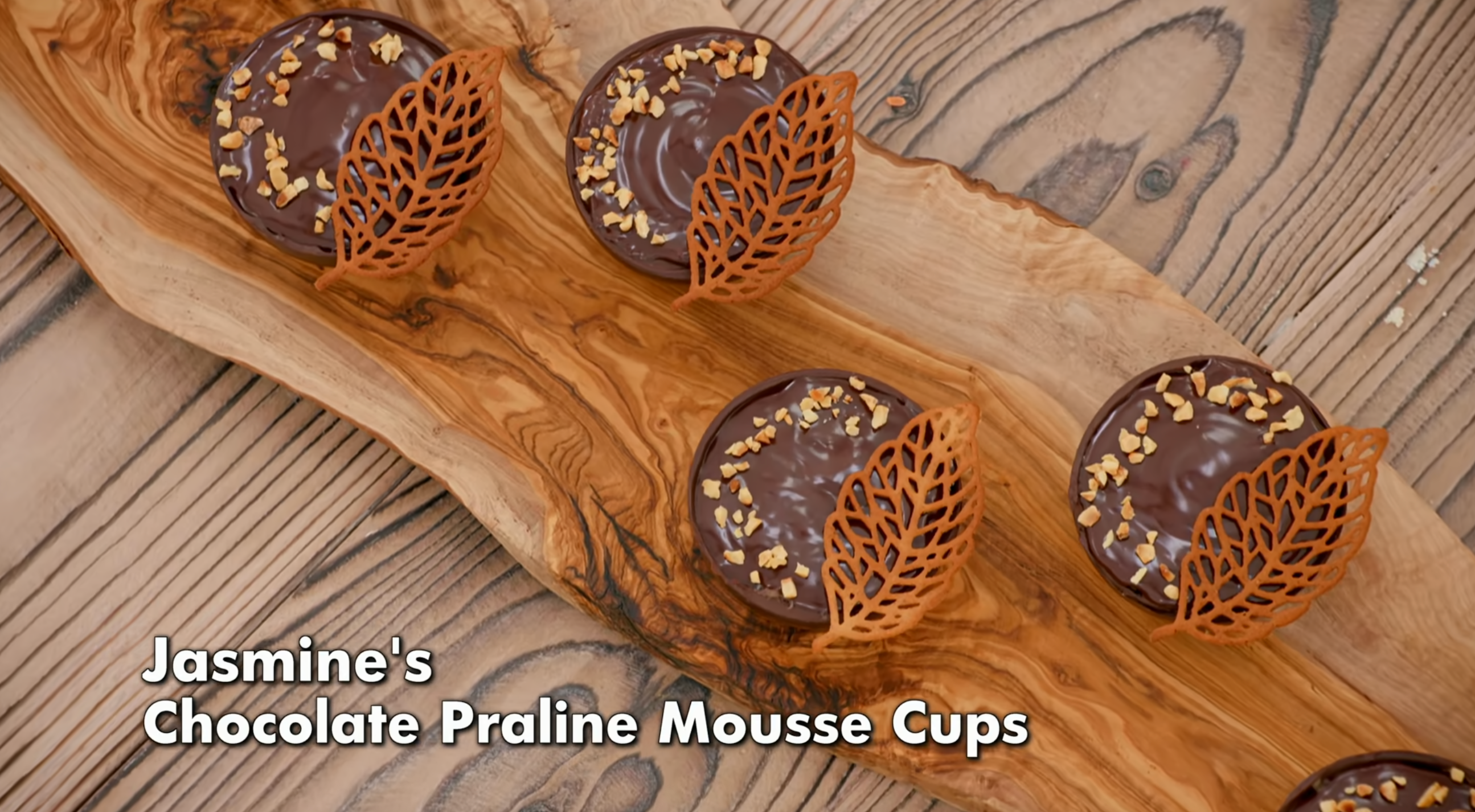
7. Stodgy — This is often a critique of the bakers' work, which I had never heard until watching GBBO. A stodgy cake is one that is extremely heavy and dense, lacking the light airiness that defines a good bake.
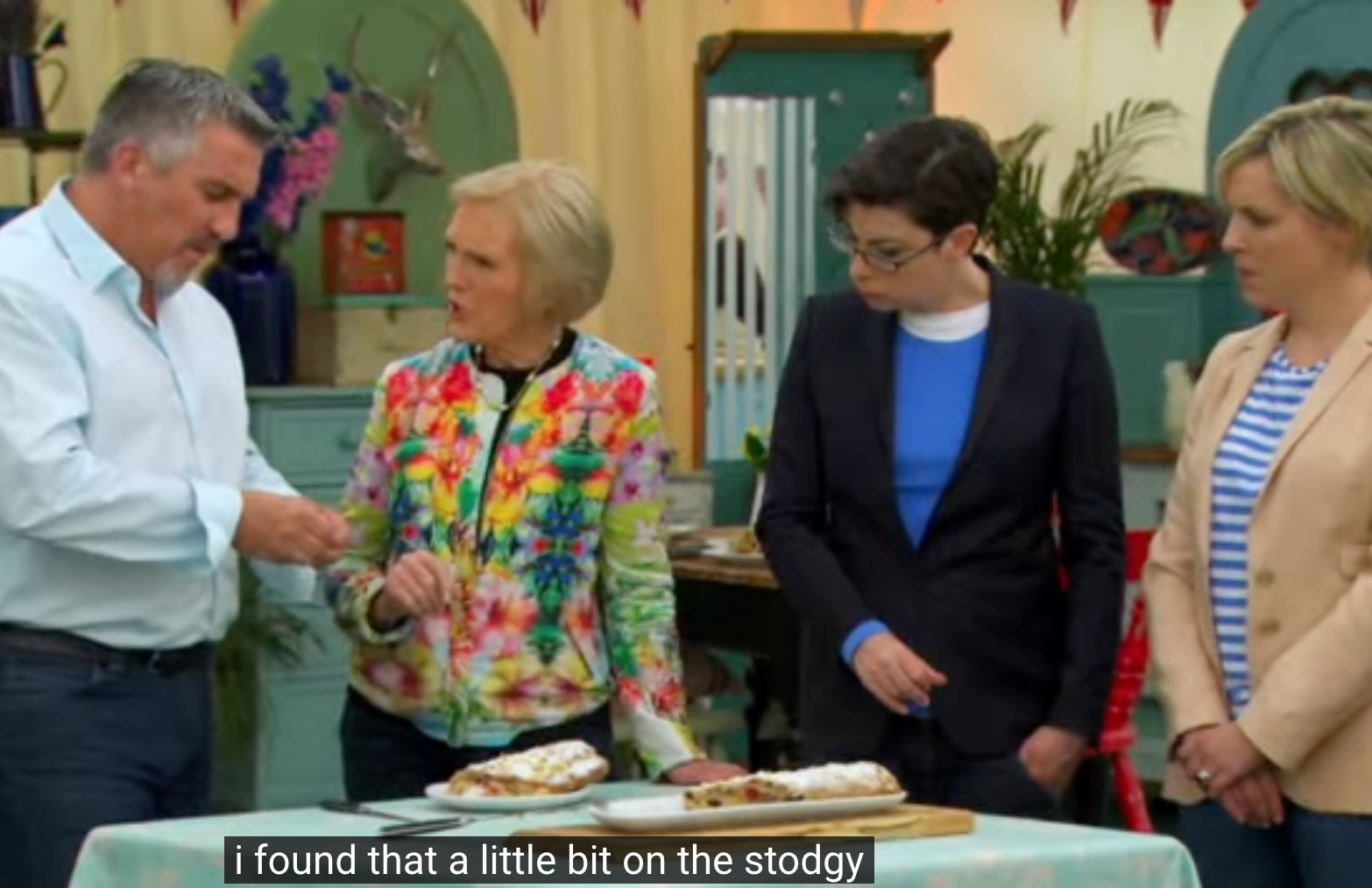
8. Claggy — A counterpart to stodgy, this is another adjective used to describe bakes. However, this word means that it is extremely moist and sticky, so much so that it sticks to the roof of your mouth. A claggy cake may be the result of underbaking.

9. Twiddly Bits — You'd think that making a perfect bake would be enough. Not for the GBBO judges. They often require a high degree of decoration. The bakers often call these decorative elements the "twiddly bits" because, often, they are intricate little extras that can be a chore to complete.

Now, let's take a look at some of the interesting baking challenges that have appeared over the seasons. Some of these are British classics that we in America might just not be familiar with. Others are so bizarre that no amateur baker would ever choose to make them outside a competition show.
10. Victoria Sponge — This is the first of four common cake types that can appear on the show. The Victoria is made by creaming sugar and butter, then adding eggs, flour, and baking powder.

11. Genoise Sponge — The genoise is made by pouring melted butter into the batter as opposed to creaming it. The resulting cake is rich, moist, and more delicate compared to a Victoria sponge.
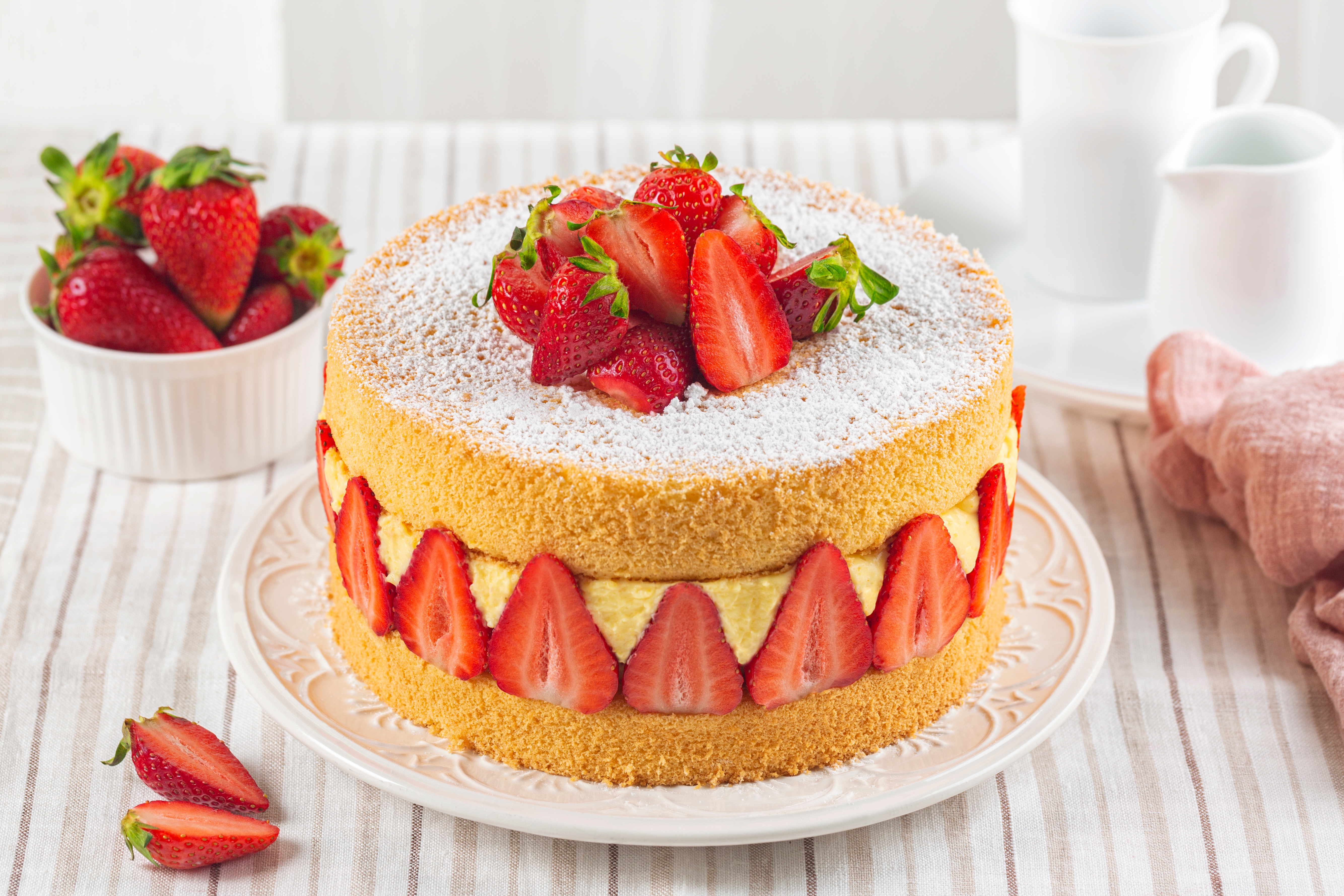
12. Chiffon Sponge — This cake is made by separating the egg yolks from the whites. The yolks are mixed with oil and the other ingredients. After, the whites are whipped and added to the batter. This process creates a very light, fluffy sponge that is extremely delicate, even more so than the genoise.
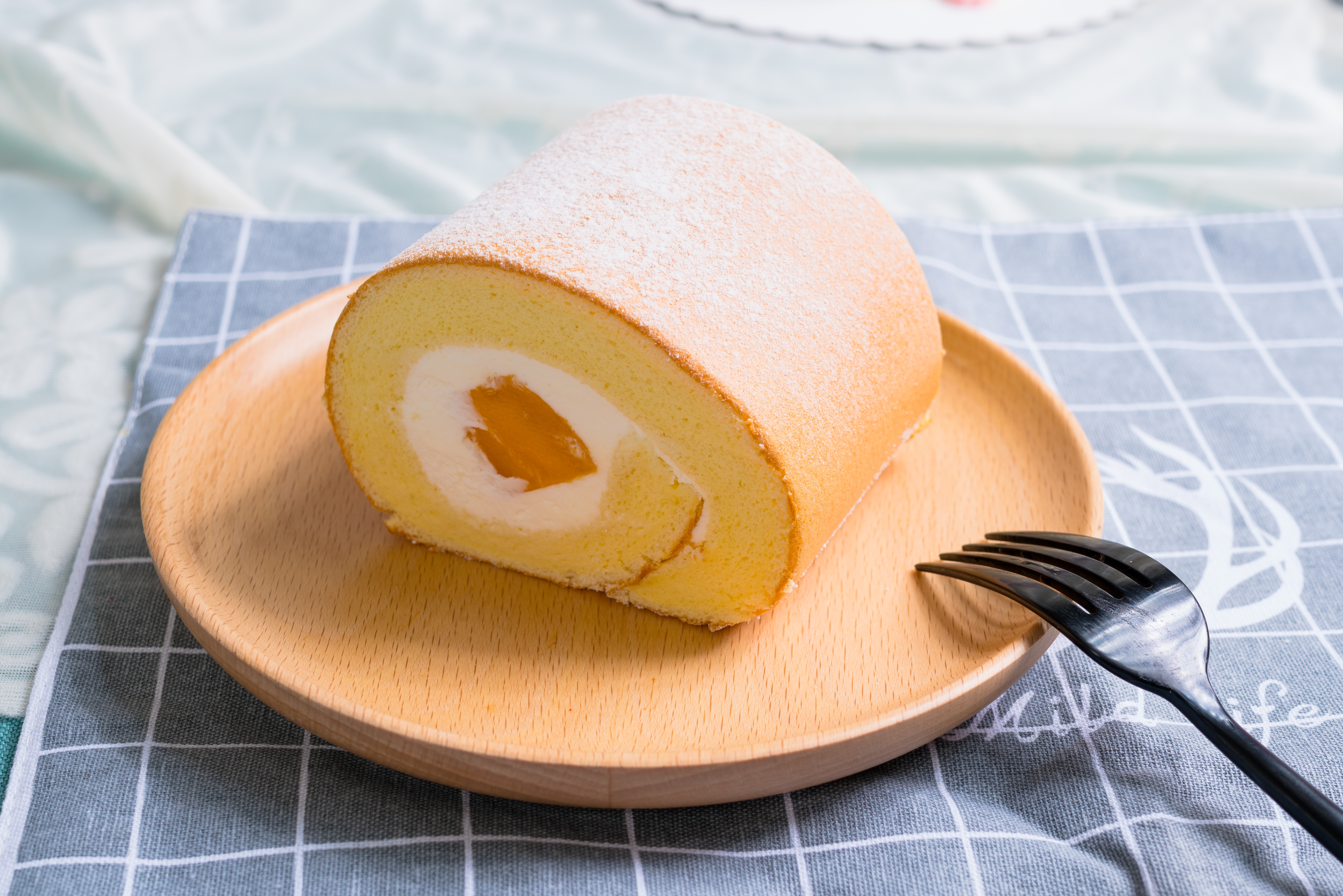
13. Joconde Sponge — This sponge is similar to genoise, except it uses almonds or almond flour in addition to traditional flour. It's slightly denser than the genoise, making it a good choice for bakes that require thin slices or extra stability.

14. Choux — A hallmark of pastry week, choux is the kind of dough you would find in a chocolate eclair. It's unique because the dough is cooked on the stovetop and then baked.

15. Creme Pat — Short for crème pâtissierè, this is your classic custard that could be used to fill a choux pastry, amongst other things.
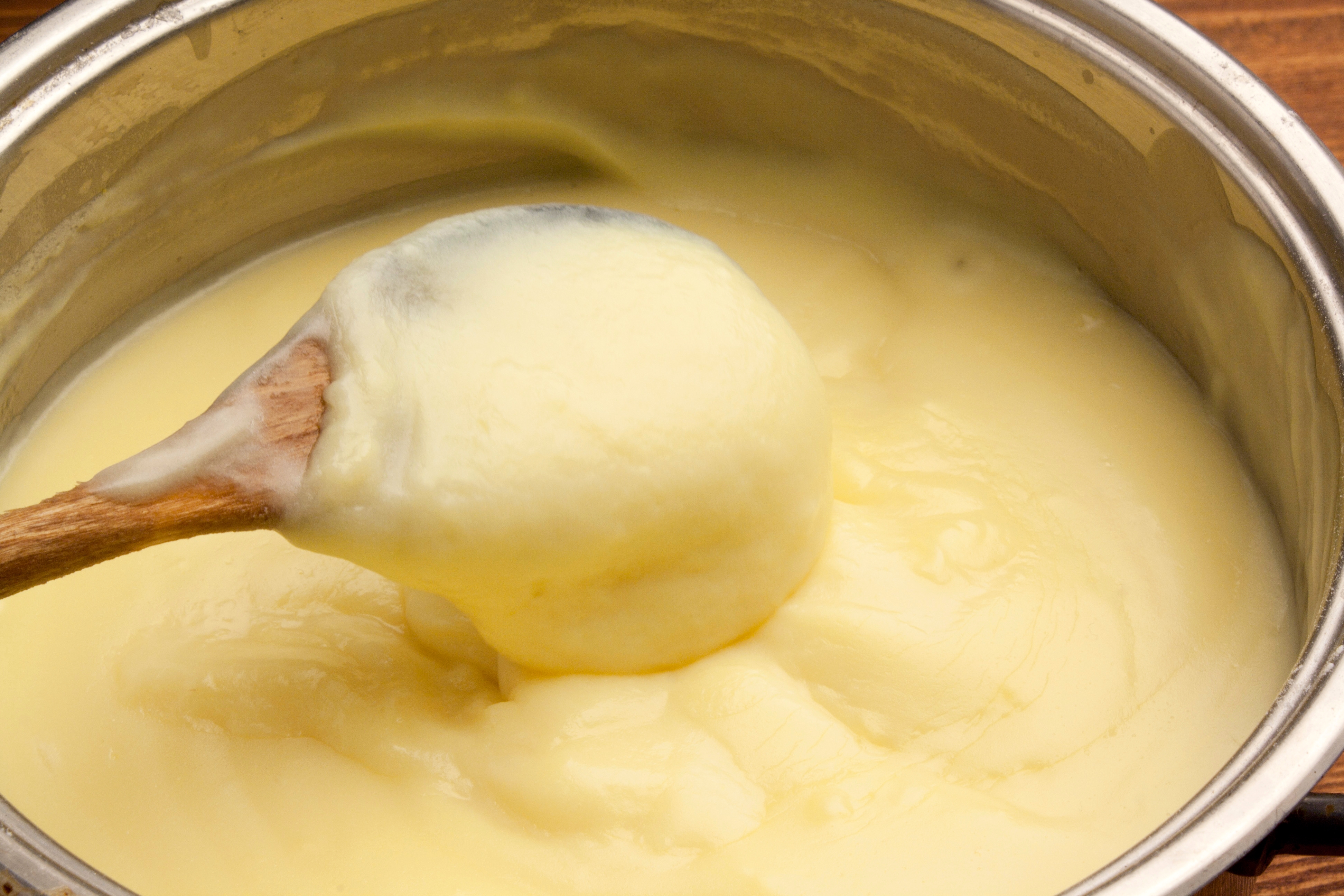
16. Aquafaba — Most often found on Vegan Week, aquafaba is the liquid you find in canned chickpeas. It's a popular egg replacement that, when whipped, can replicate the lightness added to a bake from eggs. Just don't let Paul Hollywood catch you using it.
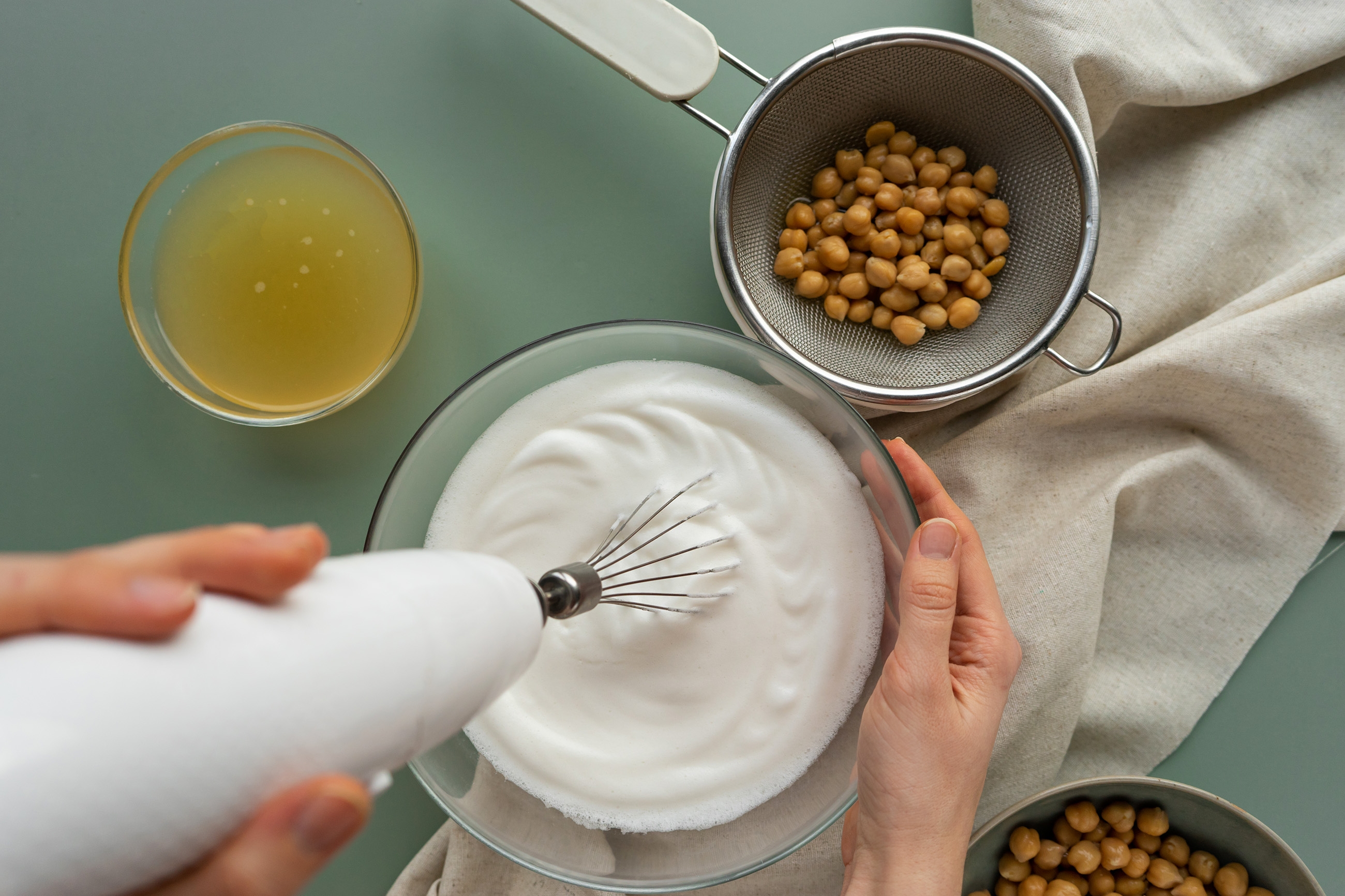
17. Bakewell Tart — A historically British treat, the Bakewell tart combines a shortcrust pastry with frangipane (almond paste) and jam, either raspberry or cherry.

18. Battenberg — Another almond confection, the Battenberg is a cake wrapped in marzipan and filled with apricot jam.
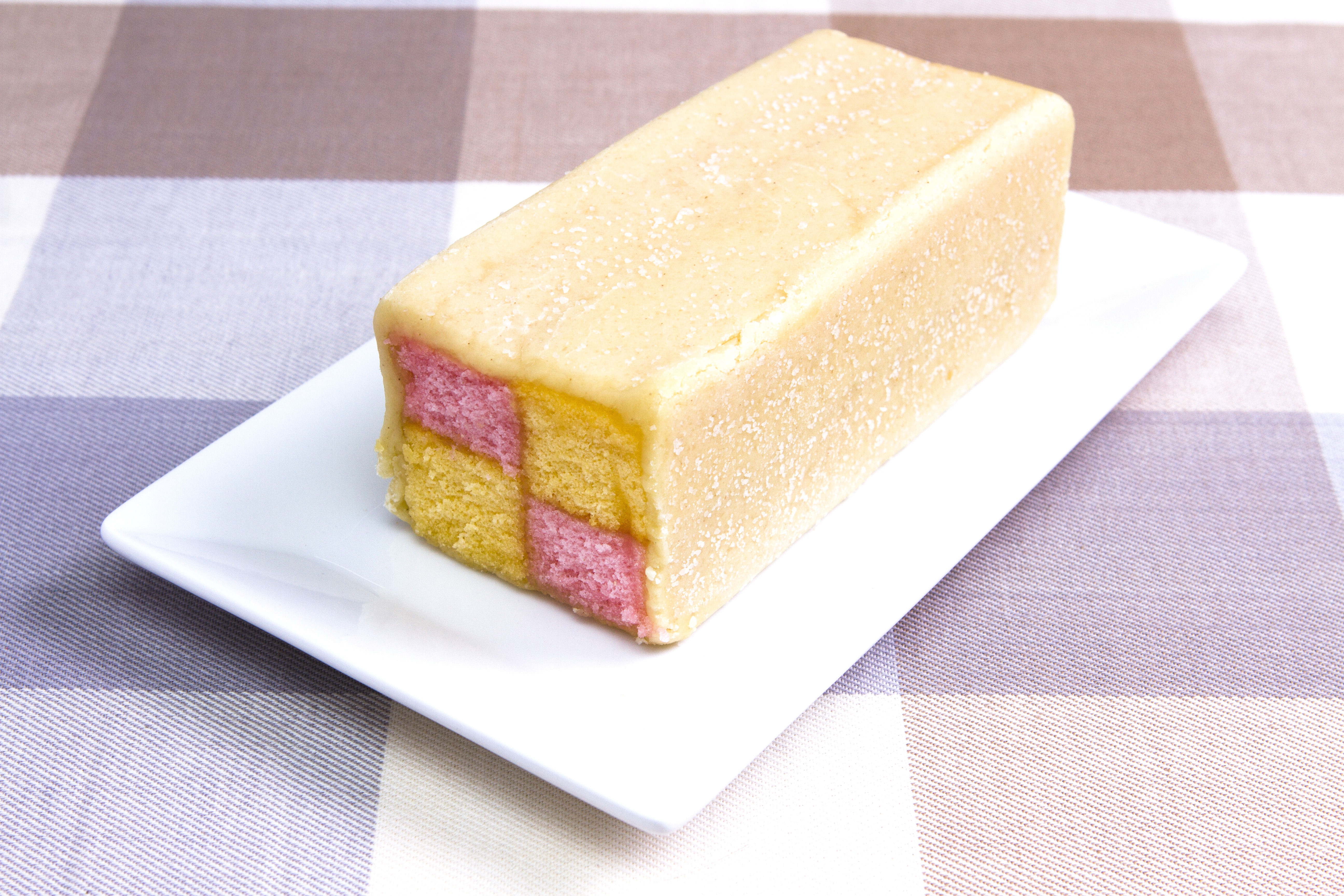
19. Dacquoise — If you are tired of a regular ol' cake sponge, try a dacquoise. This dessert features layers of meringue flavored with nuts and filled with whipped cream or ganache.
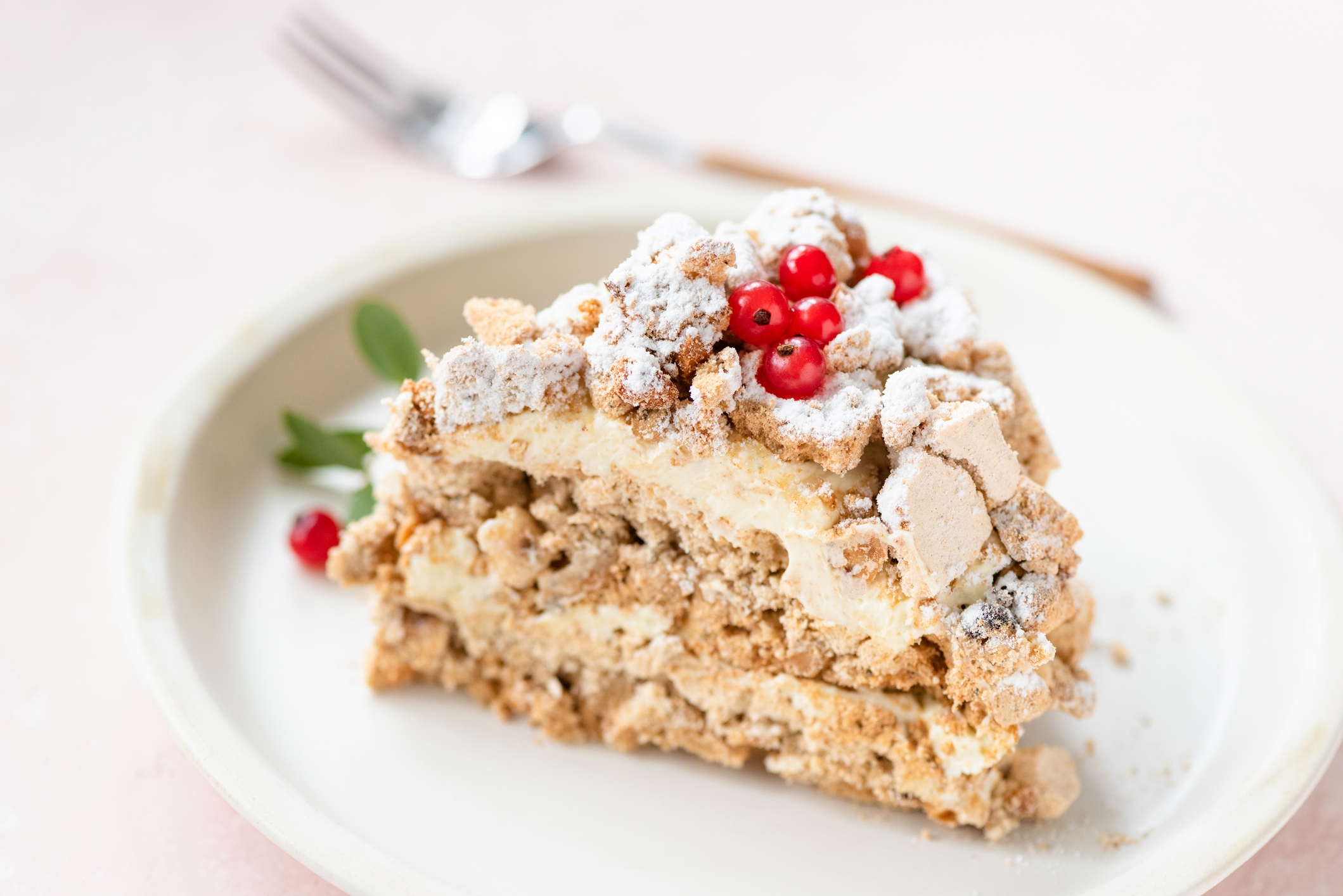
20. Pavlova — While you're on the meringue train, try a pavlova. The meringue is baked into a ring shape, then filled with custard or cream and traditionally topped with some kind of fruit.
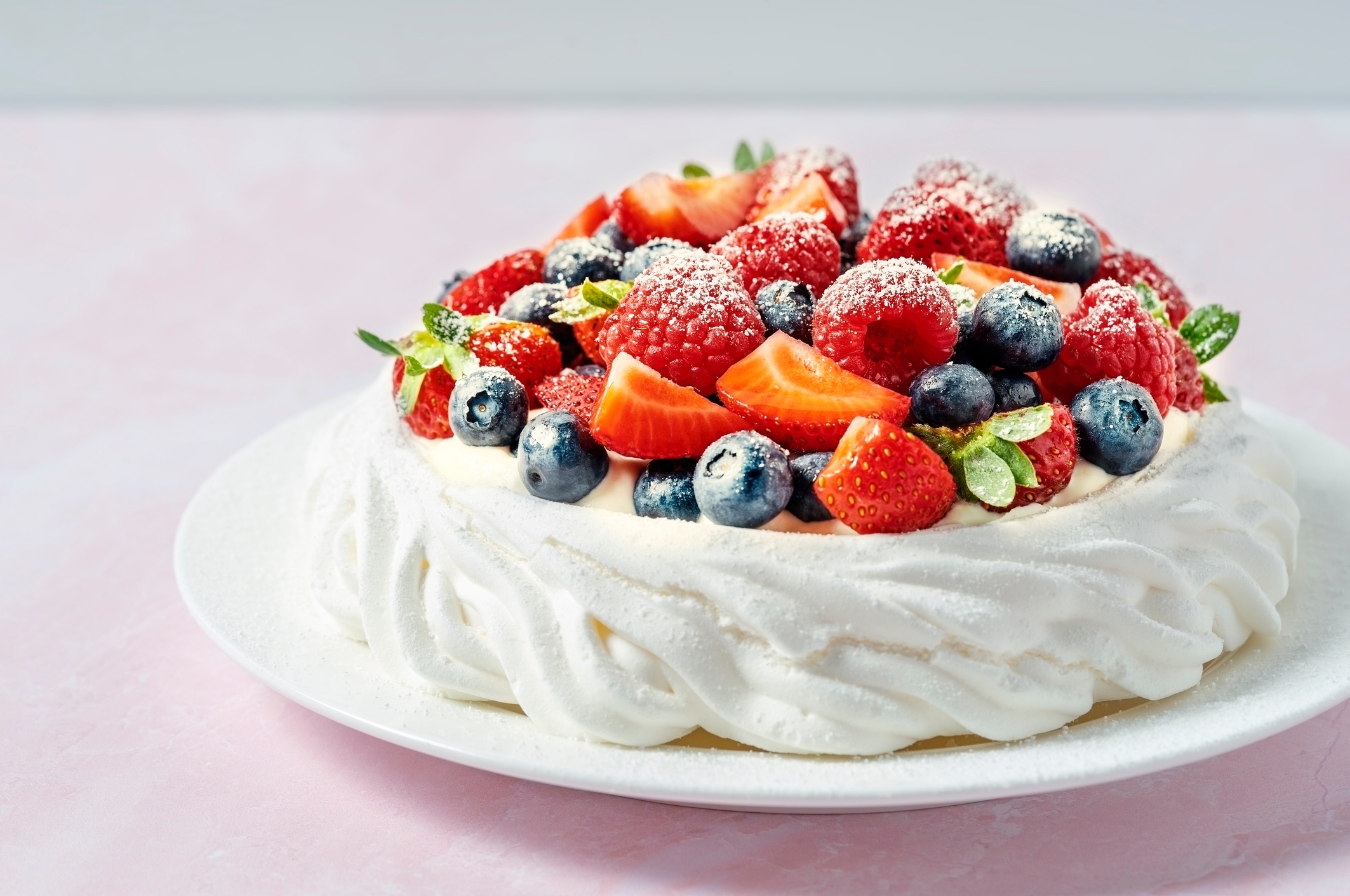
21. Bavarois — Along with the meringue-based bakes, there's nothing that screams "dessert" more than a bavarois. It's basically a custard with a firmer structure thanks to the inclusion of gelatin.
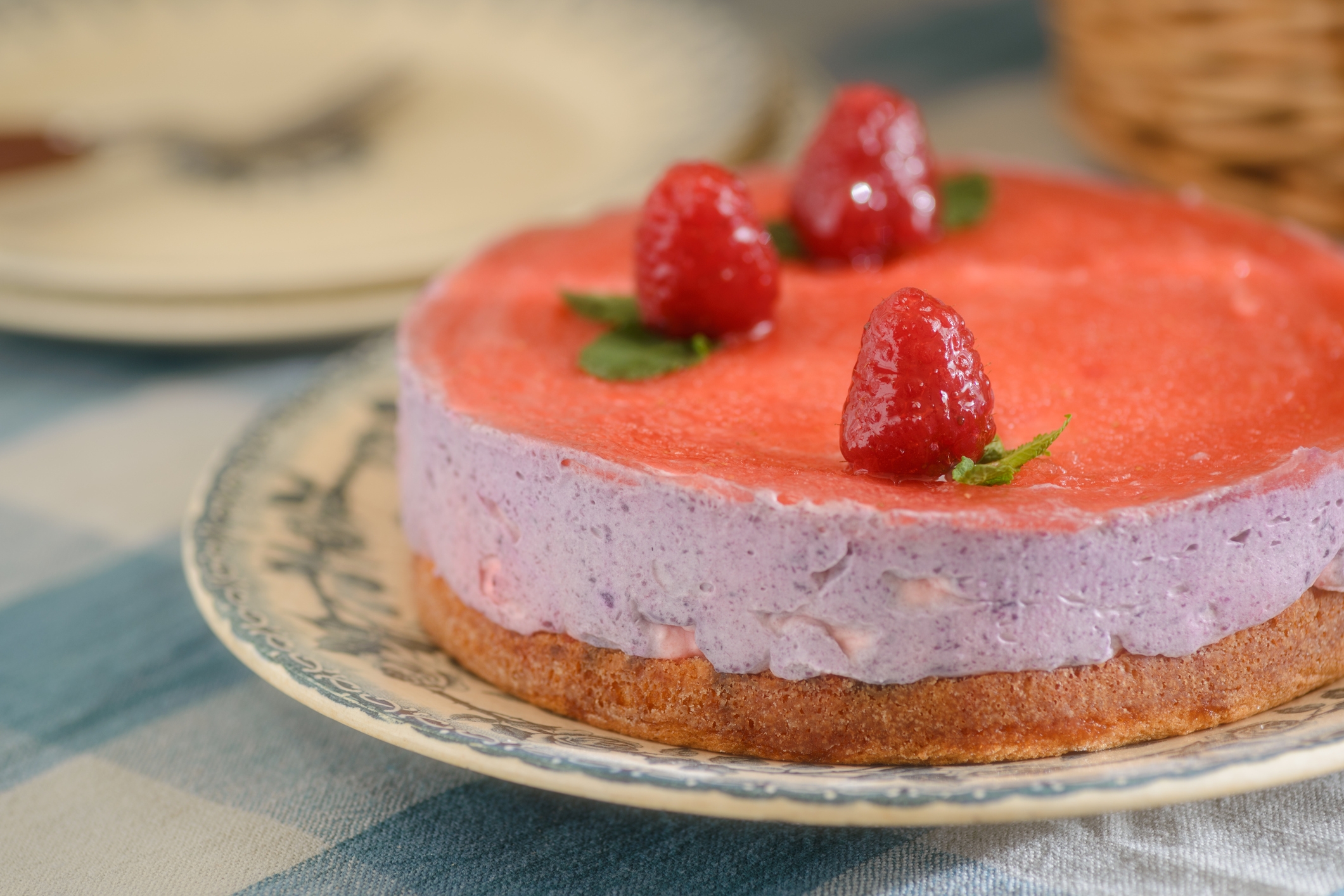
22. Jaffa Cake — If you were confused by a meringue that looks like a cake, how about a cake that looks like a biscuit? These classic UK treats feature a thin layer of sponge topped with orange jelly and dark chocolate.
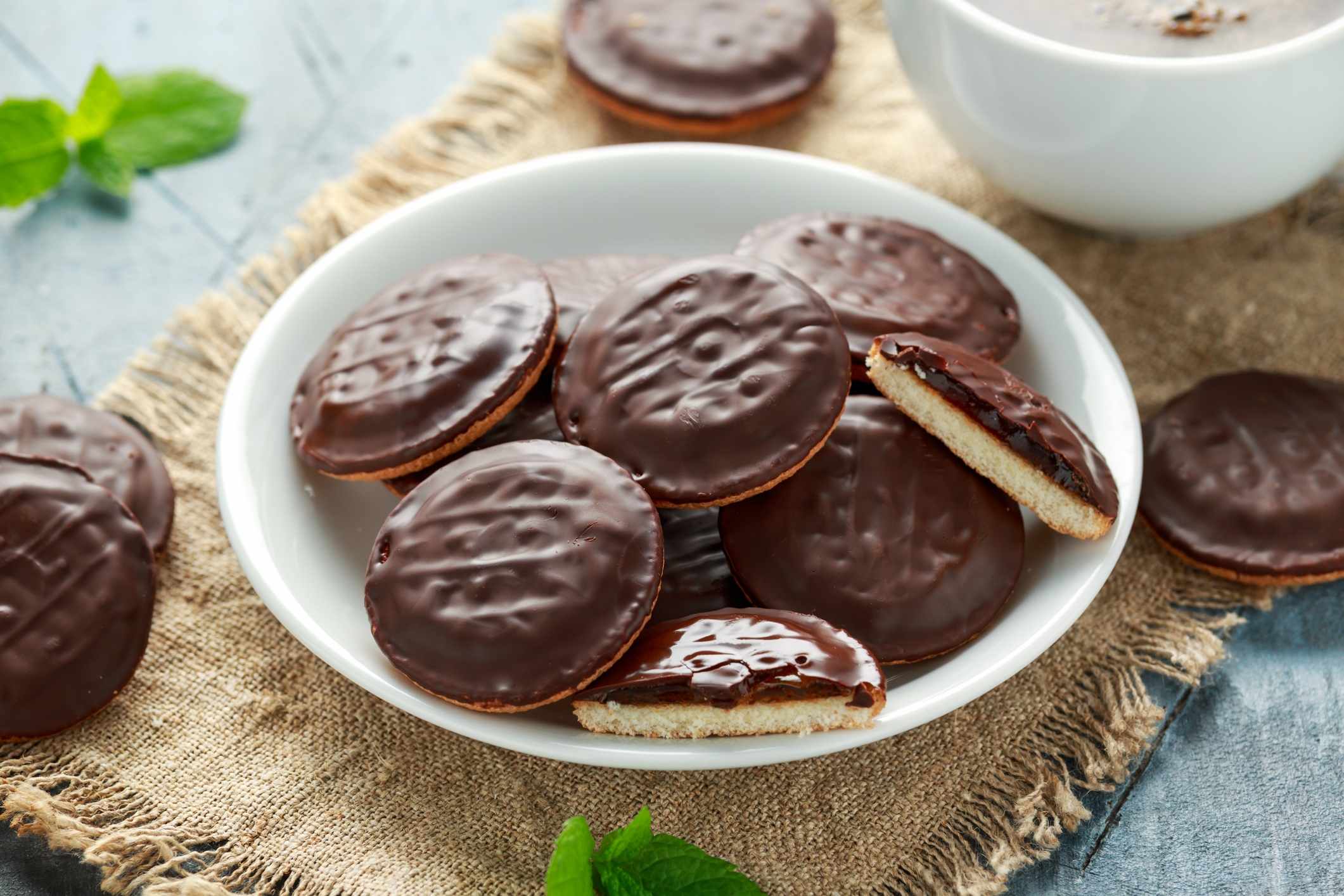
23. Hobnobs — Now, here's a biscuit that is actually a biscuit. The biscuit part is made from rolled oats, and the whole thing is slathered in a well-tempered chocolate coating. These were featured on the current season of GBBO.
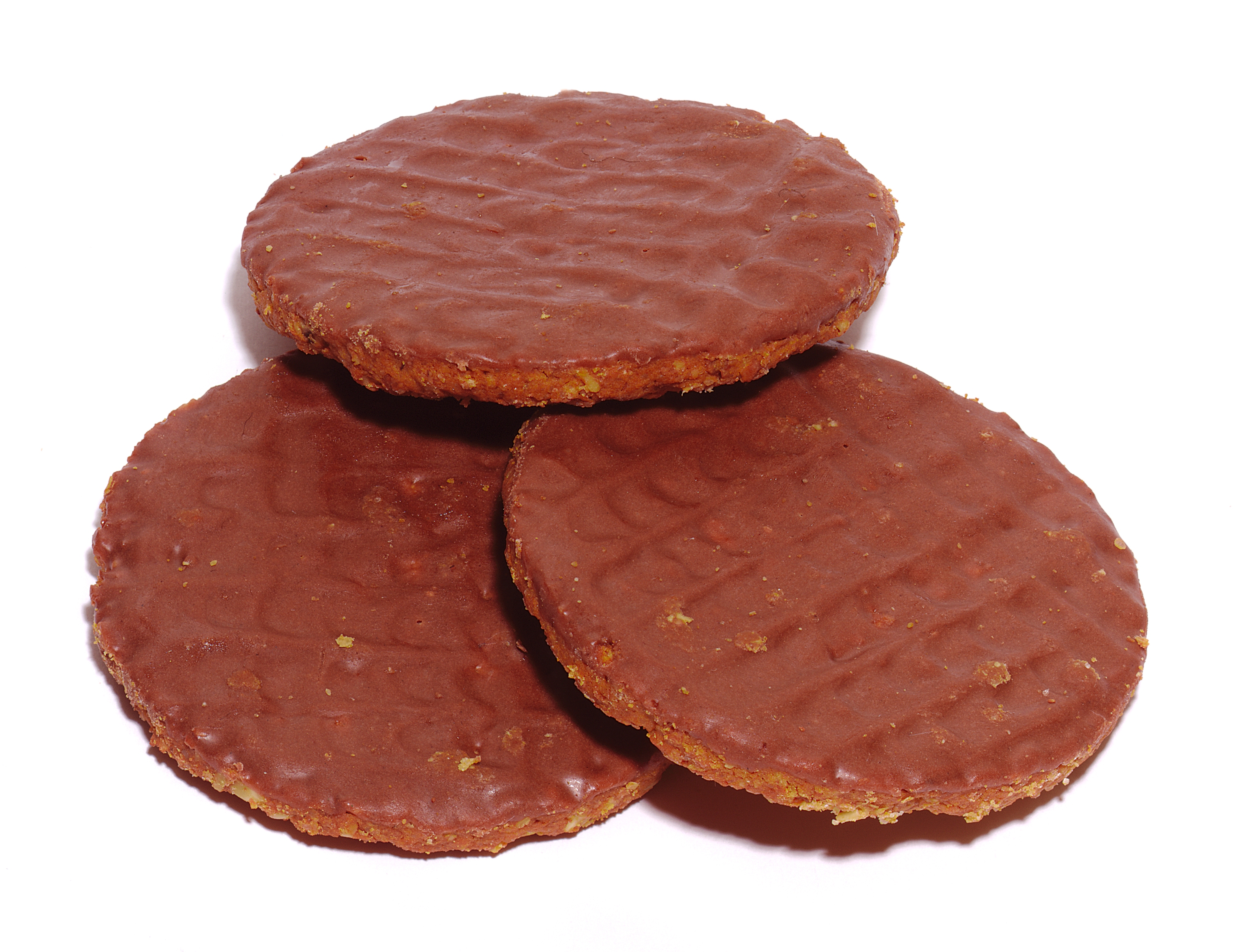
24. Wagon Wheel — Rounding out the nostalgic UK biscuit list is the wagon wheel, which is very similar to the American Moon Pie. It consists of two biscuits that sandwich a healthy does of marshmallow and jam.

25. Bombe — For my money, this is the wildest, most technical thing the bakers have been challenged with over the course of the show. Their versions of a bombe always include ice cream, some kind of baked element, like a sponge, and then a variety of custards and mousses inside. The Baked Alaska dessert is perhaps the most famous version of a bombe.
